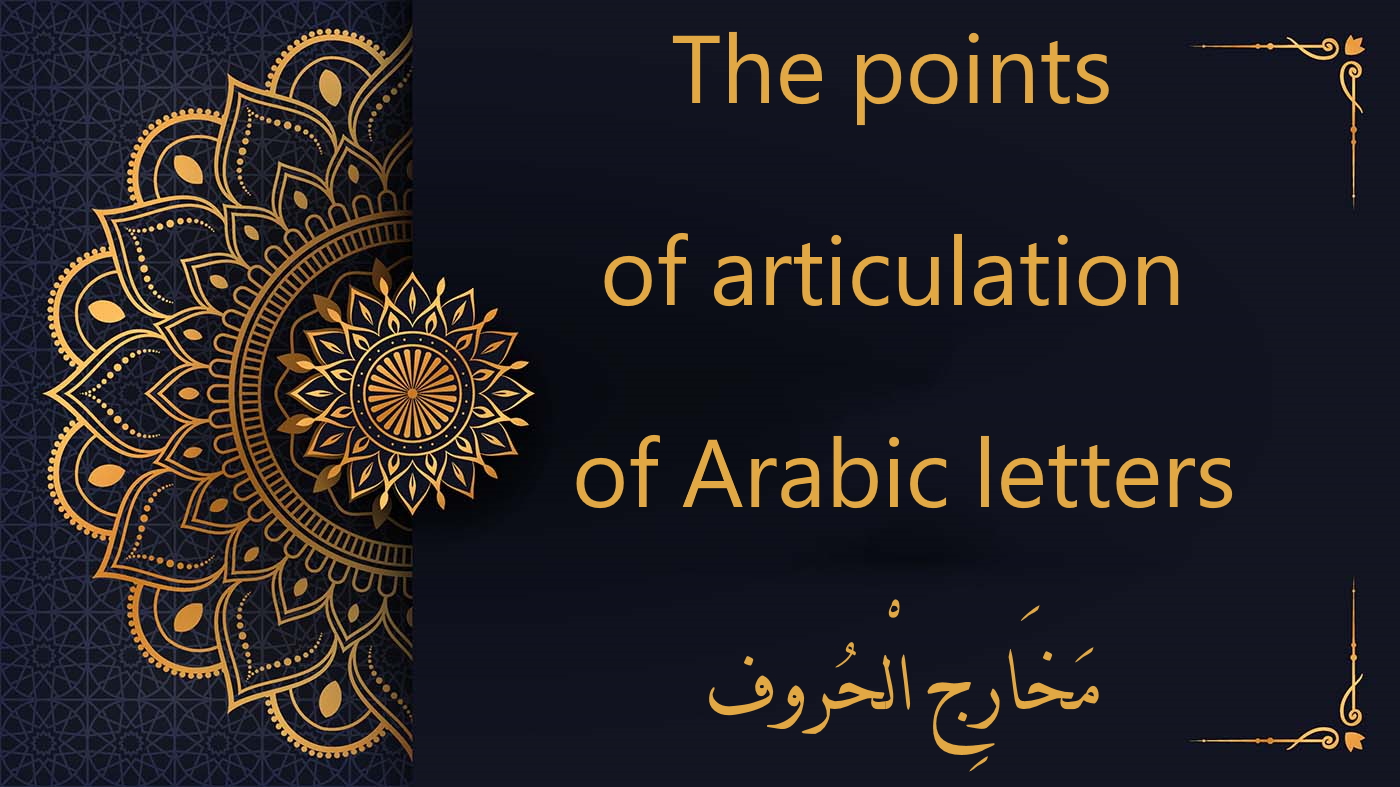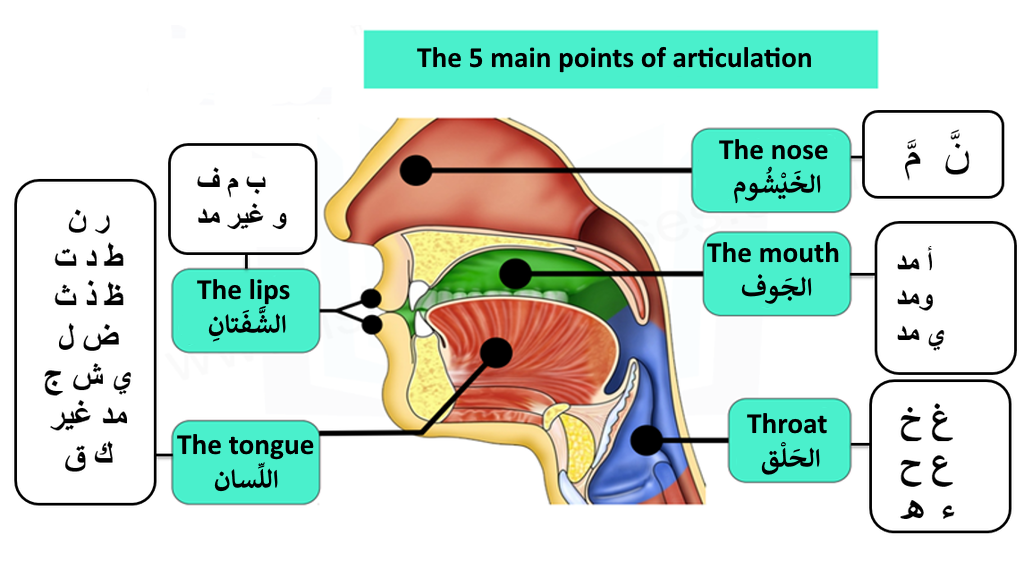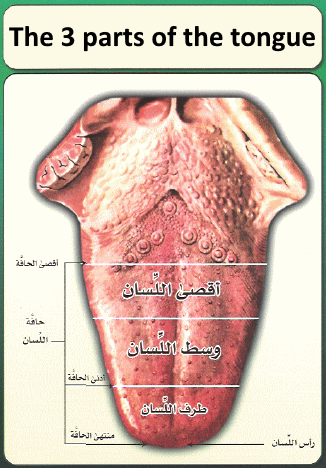Advantages of Online Tajweed Classes
Advantages of Online Tajweed Classes to Perfect Your Quran Recitation

Reciting the Quran correctly is an obligation for every Muslim, and this requires mastering the rules of tajweed.
The Prophet Muhammad (peace and blessings be upon him) said: “a” (Sahih al-Bukhari, 4937), emphasizing the importance of reciting the Holy Book with precision.
Tajweed is the set of rules that ensure each letter of the Quran is pronounced correctly and by what Allah has revealed.
It is a science that perfects recitation and helps preserve the beauty of the divine message.
Allah says in the Quran: “And recite the Quran, slowly and distinctly” (Surah Al-Muzzammil, 73:4).
This shows the importance of not only reciting but doing so with reflection and care. With the rise of online tajweed classes, it has become easier than ever to learn these essential rules, no matter where one is located.
This article will discuss the benefits of online tajweed classes, examining their accessibility, effectiveness, and how they can transform Quran recitation for Muslims around the world.
Book your free trial lesson
Don’t want to go through the translation anymore?
30 free minutes with your qualified Egyptian teacher.
1. What is Tajweed and Why is it Important?
Tajweed refers to the set of rules governing the correct pronunciation of Arabic letters when they are recited in the Quran.
It ensures that each letter is articulated precisely and that sounds are produced in a way that reflects their meaning.
The term “tajweed” literally means “to beautify” or “to improve,” and in the Quranic context, it means perfecting the recitation to adhere to the pronunciation rules dictated by prophetic tradition.
The importance of tajweed is clearly established in Islamic sources. Allah commands in the Quran: “And recite the Quran slowly and distinctly” (Surah Al-Muzzammil, 73:4).
This verse emphasizes the need to recite Allah’s Book with care, taking the time to pronounce each letter and word correctly.
The Prophet Muhammad (peace and blessings be upon him) also emphasized the importance of reciting the Quran correctly.
In a hadith reported by Aisha (may Allah be pleased with her), it is said: “The one who recites the Quran and masters it will be with the noble and virtuous angels. As for the one who reads it with difficulty, stammering or struggling, he will have a double reward” (Sahih Muslim, 798).
This hadith highlights not only the importance of correct recitation but also the effort made to learn and improve.
From a spiritual perspective, tajweed allows for a deeper connection with the divine message.
Reciting according to tajweed rules ensures that the meaning of the Quran is preserved, while also amplifying the emotional impact of Allah’s Word.
Tajweed also ensures that the Quran is passed down from generation to generation without alteration, thus preserving the integrity of its teachings.
In sum, tajweed plays a fundamental role in Quranic recitation, ensuring that the sacred text is respected in both its form and meaning, while allowing the reciter to fully experience the beauty and depth of the divine message.
2. The Benefits of Online Tajweed Classes
Online tajweed classes, such as those offered by Al Dirassa Institute (al-dirassa.com), provide numerous advantages for those seeking to improve their Quran recitation.
The first key benefit is accessibility and flexibility. Online courses allow students to learn at their own pace, which is especially beneficial for people with busy schedules.
With lessons available 24/7, regardless of the time zone, students can arrange their revision sessions according to their personal needs.
Additionally, Al Dirassa offers courses with qualified teachers, often certified with an ijazah (tajweed certification), ensuring that the teaching adheres to traditional standards.
Studying with certified teachers from anywhere in the world allows students to benefit from recognized expertise without needing to travel.
Al Dirassa Institute also provides a personalized learning experience by offering programs tailored to each level, whether you are a beginner or advanced.
The personalized attention from teachers allows for immediate feedback on recitation, which is crucial for correcting mistakes and making effective progress. You can learn more and sign up for online tajweed classes through their official website: Al Dirassa Institute – Tajweed Courses.
In summary, the online courses offered by Al Dirassa combine flexibility, accessibility, and quality learning, making them an ideal option for anyone wishing to improve their Quran recitation.
3. Comparison of Online and In-Person Tajweed Classes
Both online and in-person tajweed classes offer unique advantages for those wishing to master Quranic recitation.
However, it is essential to understand their differences to choose the method best suited to one’s needs.
Advantages of Online Classes
Online tajweed classes, such as those offered by Al Dirassa Institute (al-dirassa.com), offer great flexibility and save both time and money.
By studying online, there is no need to travel, which saves valuable time and reduces transportation costs. Additionally, these courses are often more affordable, making them accessible to a wider audience.
The main advantage is the ability to study at your own pace, choosing schedules that fit your timetable. Online platforms are generally available 24/7, allowing students to organize their study sessions according to their personal constraints.
Another benefit is the elimination of logistical barriers. In some areas, it may be difficult to find a qualified local teacher.
Online courses provide access to experienced teachers, often holding an ijazah (tajweed certification), without having to travel or actively search for a teacher in your town or neighborhood.
Potential Limitations of Online Classes
However, online classes come with some limitations. The lack of in-person interaction can make learning more difficult for some, especially those who prefer direct engagement with their teacher.
Asking instant questions and getting clarification may sometimes be harder online, although modern platforms often offer live sessions or forums to meet these needs.
Another major challenge is the need for a stable internet connection. Online classes, especially live sessions, require good connection quality to avoid interruptions.
In regions with limited connectivity, this can be an obstacle.
When Are Online Classes the Best Option?
Online tajweed classes are the best option for those living in remote areas or where access to qualified teachers is difficult.
If you do not have a local teacher available, these classes allow you to receive quality teaching directly from your home.
Additionally, for people with irregular work schedules or family constraints, online classes offer unmatched flexibility. You can adapt your learning sessions to your daily obligations, allowing for better integration of tajweed practice into your life.
In conclusion, while online classes may present technical challenges and less direct interaction, they offer flexibility and access to qualified teachers, making them a highly advantageous option for many people, especially those limited by their location or schedule.
4. Effective Online Learning Techniques for Tajweed
Learning tajweed online can be optimized with several practical techniques that take advantage of modern technologies and available resources.
Active Listening and Imitation
One of the most effective methods for learning tajweed is active listening. It is recommended to listen to recitations by experienced qaris and imitate their pronunciation, intonation, and rhythm.
This approach allows students to absorb the nuances of correct recitation. Regular listening helps develop the ear to identify pronunciation errors.
Online, platforms like Al Dirassa (al-dirassa.com) provide access to recitations by qualified masters, facilitating this practice.
Practice with Live Feedback
It is essential to practice regularly under the supervision of a qualified teacher, especially in a live setting.
In online classes, students can recite and receive immediate feedback to correct pronunciation mistakes.
This real-time interaction ensures that tajweed rules are applied correctly.
Courses like those offered by Al Dirassa provide this interaction, allowing students to adjust their recitation immediately.
Repetition and Memorization
Repetition is crucial in learning tajweed. Using online tools such as flashcards or interactive exercises helps in memorizing the complex rules of tajweed.
Modern platforms often offer quizzes and exercises to test and reinforce the memorization of rules.
Using Modern Technology
Finally, the use of modern technology is a major asset for online learners.
Some applications include voice recognition features, allowing students to recite a passage and receive automatic corrections on pronunciation.
These tools can analyze tone, pronunciation, and intonation to help perfect recitation.
These techniques, combined with regular engagement, facilitate effective online tajweed learning by optimizing the use of available resources to master Quranic recitation.
5. Testimonials and Case Studies on the Impact of Online Tajweed Classes
Many students who have taken online tajweed classes with Al Dirassa Institute have shared very positive testimonials regarding their experience and progress.
For instance, one user mentioned that the program was well-organized, and the teachers were serious and punctual, which helped improve their daily recitation.
Another student highlighted the flexibility of the course and the quality of instruction, stating that the classes helped them perfect their mastery of tajweed rules in a setting tailored to their personal needs.
Online tajweed classes have also enabled some students to overcome logistical challenges, such as limited access to qualified teachers in their area.
Another student testified to the effectiveness of the certified teachers at the Institute, who guided them through a rigorous recitation program and tajweed application, helping them achieve their goals.
These testimonials show that learning tajweed online, through platforms like Al Dirassa Institute, can significantly impact the quality of Quranic recitation.
Not only do students benefit from personalized learning and regular feedback, but they also notice an improvement in their spiritual connection with Allah’s Word through more accurate and beautiful recitation.
6. Addressing Common Challenges in Online Tajweed Classes
While online tajweed classes offer many advantages, they also present challenges that students need to overcome to maximize their learning. Here are some solutions to common obstacles.
Challenge of Personal Discipline
One of the biggest challenges in online learning is personal discipline. Without the structure of in-person classes, it can be easy to procrastinate.
To stay consistent and motivated, it is recommended to set a fixed schedule for study sessions. Additionally, setting short- and long-term goals helps maintain focus.
Joining virtual study groups or sharing your progress with other students can also increase motivation.
Technical Issues
Internet outages or delays during live classes can disrupt learning. To minimize the impact of these issues, ensure you have a stable connection and regularly test your equipment before classes.
Moreover, many platforms, such as Al Dirassa Institute, offer session recordings, allowing students to review missed lessons in case of technical difficulties.
Lack of In-Person Interaction
Online learning can sometimes feel isolating due to the lack of face-to-face interaction. To counter this, it is recommended to maximize opportunities for virtual engagement.
Actively participate in live group sessions, join discussion forums, and use social media to connect with other students. These interactions foster a sense of belonging in a learning community, making the experience more enriching.
By overcoming these challenges, learning tajweed online becomes not only feasible but also highly effective.
7. Tips for Choosing a Good Online Tajweed Course
To choose a good online tajweed course, it is essential to consider several factors to ensure an effective and enriching learning experience.
Teacher Certification and Platform Reputation
Make sure the teacher is certified in tajweed, ideally with an ijazah, which guarantees they have a deep understanding of the rules and are authorized to teach. Also, check the platform’s reputation.
Read reviews from former students and ensure the platform offers well-organized and interactive online courses, like those provided by Al Dirassa.
Cost and Accessibility
The cost of online tajweed courses can vary significantly. It is important to compare prices to ensure they fit your budget, while also checking payment options and subscription offers. Additionally, make sure the class schedules are flexible and match your availability.
Free Trials or Preliminary Evaluation
Before committing to a program, take advantage of free trial classes often offered.
This allows you to test the teaching method, the quality of interaction with the teacher, and whether the course suits your level.
A trial class can also give you an idea of the quality of resources and learning materials used.
By considering these criteria, you increase your chances of choosing an online tajweed course that meets your expectations and enhances your Quranic recitation.
Conclusion
In conclusion, taking online tajweed classes offers many advantages for improving Quranic recitation.
These courses provide flexibility and easy access to qualified teachers, allowing students to learn at their own pace and receive personalized guidance.
Online, students can overcome geographical barriers and find certified teachers with an ijazah, ensuring the quality of instruction.
Tajweed, as a fundamental science of correct recitation, is essential to preserving the integrity of the words of the Quran.
By reciting correctly, you not only honor Allah’s Word, but you also strengthen your spiritual connection with the sacred text.
If you seek to perfect your recitation, it is strongly encouraged to enroll in online tajweed courses, such as those offered by reputable platforms like Al Dirassa Institute.
This will allow you to master the rules of tajweed, deepen your relationship with the Quran, and improve the quality of your daily recitation.
To know more: Discover our Online Quran Courses
Chosen and Trusted by Thousands of Satisfied Learners
Discover the experiences of our delighted clients who have thoroughly enjoyed utilizing this standout feature.
Alhamdulillah I‘m very pleased with the arabic and Qur’an lessons I receive from teacher Umm Tasneem and I‘m also content with the al-dirassa administration team who were very quick in answering any questions I had. In a month I progressed a lot and I cannot wait to continue my studies with al-dirassa. May Allah reward everyone at al-dirassa.
Verified review - view original
My Qur’an teacher is fantastic, she teaches me in a loving and kind way where I look forward to the lessons and learn so much. My Arabic teacher is equally as nice and has a lot of patience with me, she has great expertise in the field and I’ve progressed really quickly with her. Thank you Al-dirassa!
Verified review - view original











